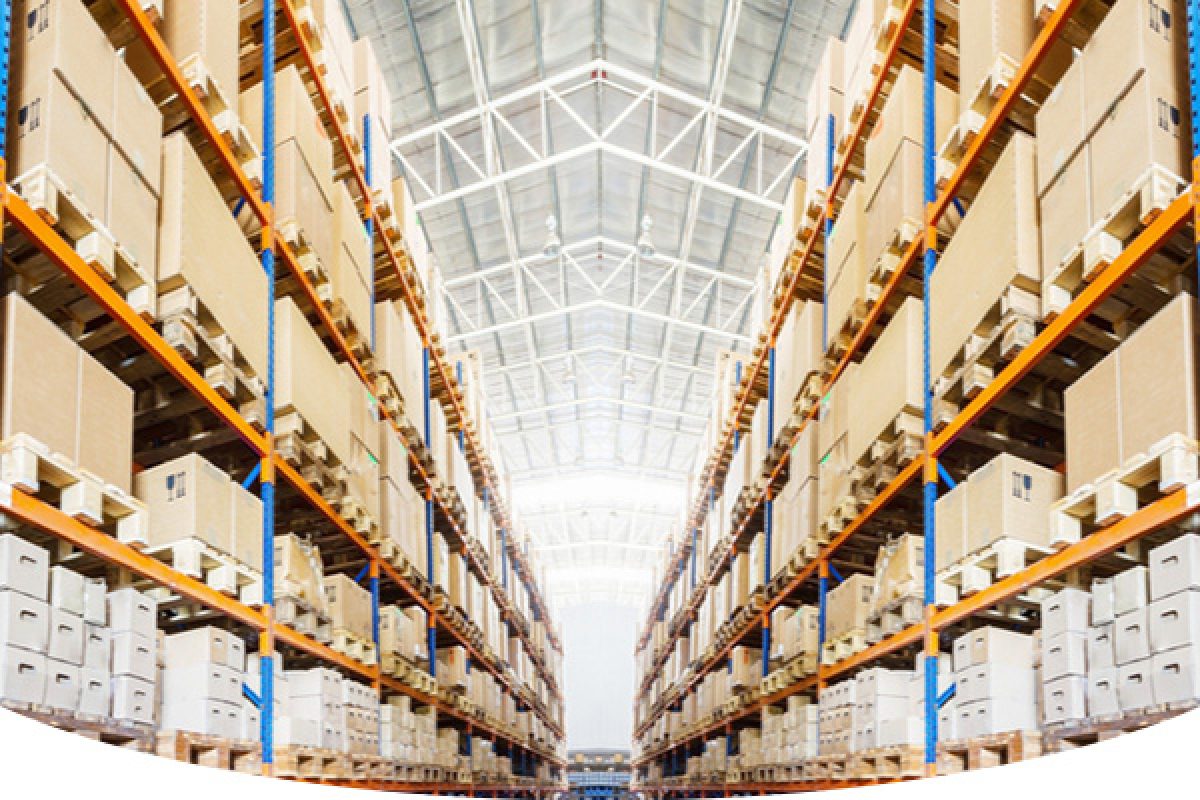Warehouse space has become a premium investment in recent years, mainly due to an overall shortage in key markets. Earlier this month, a trio of warehouse units were purchased for a huge £18.4 million, which will be utilised by British retail heavyweights such as B&M, Wickes, Iceland and Poundland. Today, warehouses are invaluable; companies simply cannot waste the space they have.
Initially, moving into a perfect warehouse space and setting up operations may seem like an exciting mission but, over time, most businesses become engulfed by common management problems. Thankfully, they’re relatively easy to resolve with some shrewd decision-making.
Inefficiency and inaccuracy
Many companies suffer from having a poor warehouse layout, leading to problems of inefficiency. Effective use of space is a crucial factor in warehousing: a poor configuration gives rise to errors, delays and negatively impacts profits. An ideal design should suit your specific operation and the way work flows through your system.
The optimal layout should maximise both the horizontal and vertical space, with stock arranged in such a way as to facilitate fast picking and shipment. There needs to be a strong focus on accessibility – which items are highest selling and where in the facility can you place them for quick access?
Relating to this is the issue of inventory inaccuracy. Keeping a precise count of items is one of the most challenging problems in managing warehouses, especially if spaces are laid out in flawed ways. Most of the time, an inaccurate inventory is down to human error. Whether it’s time pressures, insufficient training, or poor coordination of staff influencing those errors, incorrect inventories are completely avoidable.
Make sure each warehouse worker is trained up to a high level, choose a simple inventory-management system that serves your needs, and reduce the time between counts to improve accuracy.
Boosting speed
Another common warehouse management problem is the issue of speed. An essential link in the supply chain process is order picking and packing, with nearly half of labour resources in warehouses devoted to this. Slow picking is therefore a serious problem with harsh implications and ‘will eat up your time and your profits’, as Supply Chain Game Changer states.
Speed-related underperformance can be solved by a number of ways. Consider how technology can boost your teams – introduce handheld scanners and integrate equipment such as pallet inverters to cut down on time wasted through manually moving heavy loads. Pallet inverters also help to control costs, reduce product damage and prevent worker injuries, while pallet dispensers increase pick rates and improve hazardous working conditions.
You could also consider integrating new automated systems too. Automation can completely eliminate speed- and accuracy-related issues, improving productivity and reducing the pressure on supply chain operators. There are two types of warehouse automation: process automation, which digitises manual processes like inventory data collection, and physical automation, which involves the use of robotic systems. Within these categories there are novel solutions to explore, from goods-to-person technologies to pick-to-light systems.
Of course, the simplest answer would be to leave it to the warehousing experts. You can expect significant cost and time savings when you outsource your warehousing operations to a third party, who will be operating in their area of expertise. As mentioned above, it’s not as easy as just moving into your ideal warehouse space: you need to constantly optimise your operations, resolve daily issues and keep on top of every cost. A third-party warehousing specialist like Sprint Logistics can take on all the stress for you.
Sprint Logistics provides leading warehousing solutions and distribution through a global warehousing network. We have extensive storage space across Europe, the US and the Middle East, kitted out with an innovative stock-control system to ensure that our service for you will always be speedy, accurate and cost-effective.
To discuss your warehousing requirements, simply contact us today.




